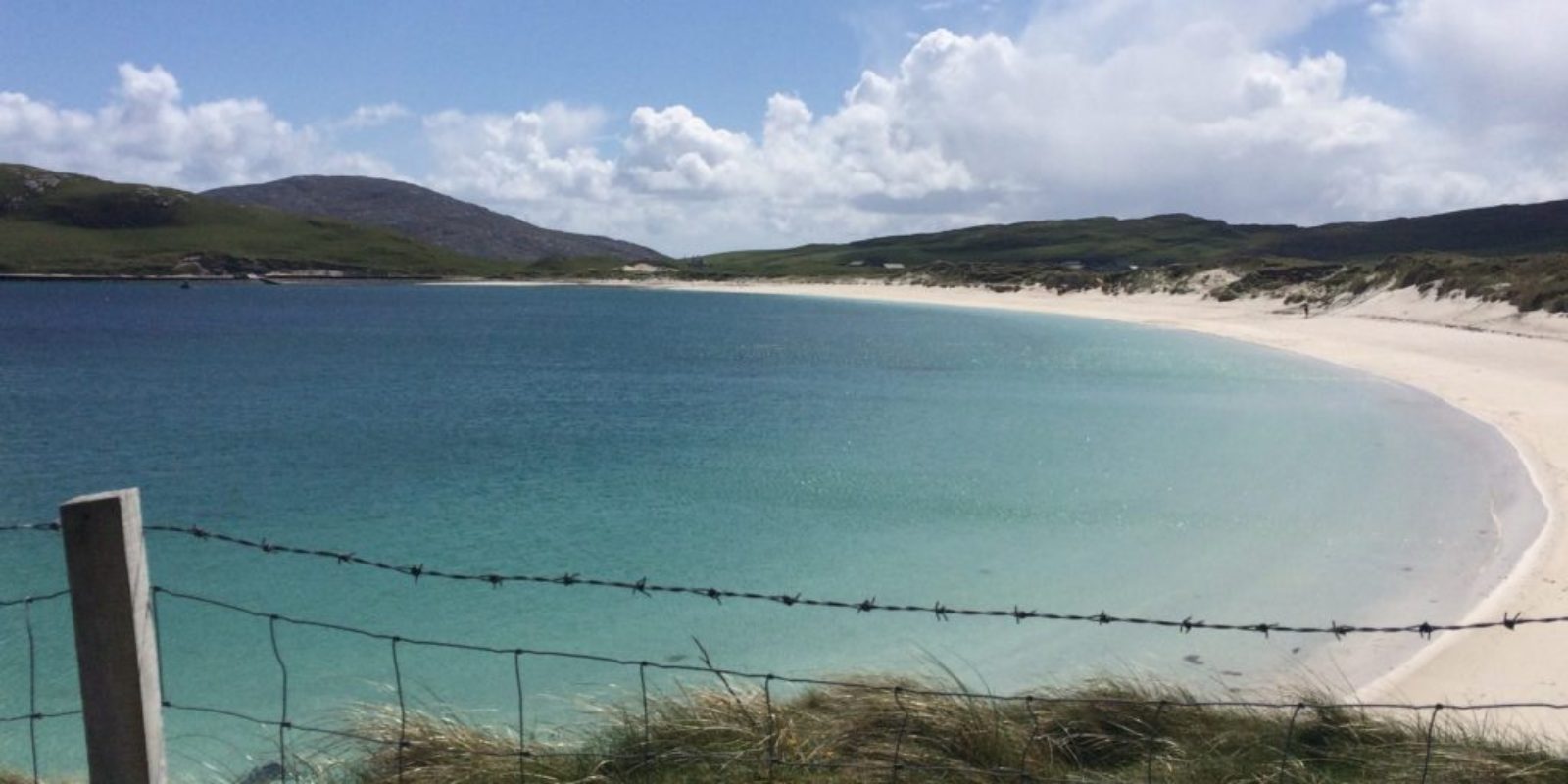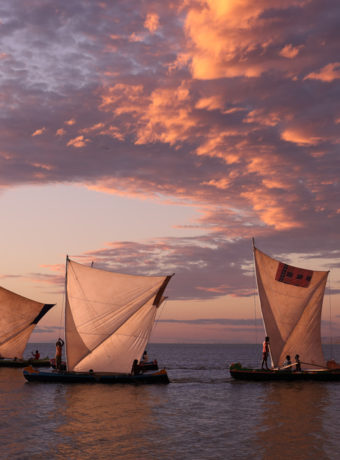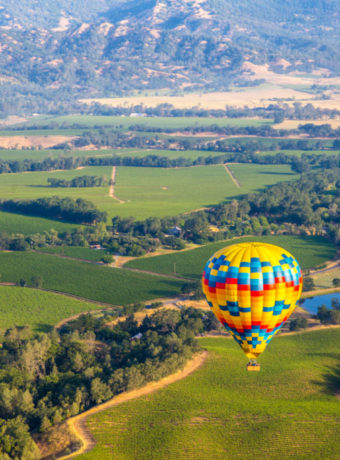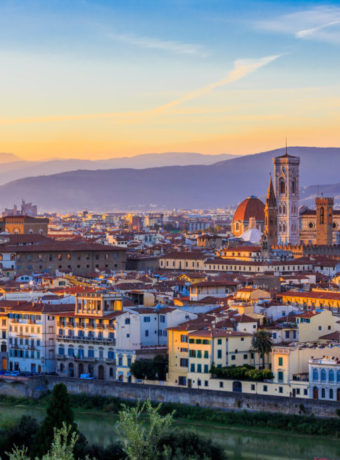Scotland’s Outer Hebrides are a 210 mile long series of barrier islands on the west coast of the Scottish mainland. They range in environment and geology from the rugged mountains of the isles of Lewis and Harris to the machair and low-lying marshes of the Uists and the white sandy beaches of Vatersay and Barra.
The Outer Hebrides
The Outer Hebrides are made up of over 65 islands, only 15 of which are inhabited. The main islands are linked by either road or causeway, or the CalMac ferry system. These main islands are Lewis, Harris, North Uist, South Uist, Benbecula, Barra, Vatersay, Eriskay, Scalpay, Berneray, and Grimsay.
There are only two ways to get to the Outer Hebrides. The first is by ferry, either from Ullapool (mainland), Uig (Skye), or Oban (mainland). Flying is the second way to get there. Flights are from Glasgow to Stornoway, Barra, and Uist.

Lewis and Harris, while named as two islands, are connected by land. It ranks as the third largest island in the UK after Great Britain (which is technically England, Wales, and Scotland), and Ireland.
The population of the Outer Hebrides is around 28,000. In 2011, the majority of this population was on Lewis (18,000+). Harris, North and South Uist, Benbecula, and Barra’s populations are between 1,000 and 2,000. All remaining inhabited islands have populations under 400; the smallest documented population is Flodaigh with only 11 people.

Neolithic sites in the Outer Hebrides
The Outer Hebrides have a vast array of Neolithic sites. The most well known is the Callanish Stones. The main stone cross arrangement is on Lewis, just twenty minutes drive from Stornoway. There are two other, later, sites within walking distance from Callanish I. These are not as elaborate but likely had much to do with the alignment of the original. Callanish dates to approximately 2,900 BCE.

The existence of other ritual sites, burial cairns, and other monuments points to Callanish being a centre for religious activity for 1,500 years. While Callanish I is a tight circle of standing stones with a burial mound in the middle, both II and III are much larger circles. Callanish I also has dual avenues of standing stones radiating from it and the resulting form is similar to a Celtic cross.

Other parts of the island have standing stones and stone circles as well as burial chambers and enigmatic runes. At Cladh Hallan, on South Uist, archaeologists found mummified bodies – the only such find in the British Isles. It’s a bit tricky to find. If you can’t find it, you may find yourself wandering about the sand dunes for a half an hour. I suggest hiring a guide…
A rather unique airport
We know there are unique airports in the world. Some have harrowing runways, like Lukla in Nepal. Others are renowned for their approach over heavily populated beaches. Likewise, there are a few flights that can be interesting. Flying from Petersburg, Alaska often requires flying on the “milk run,” a flight that hopscotches from one island to another through the southeast. Scotland’s Orkney Islands has the world’s shortest scheduled flight. And in Barra, you can land on the world’s only beach runway (that accepts daily, scheduled flights – any open beach can be a runway in an emergency).

All hotels in the area know the flight times and they will happily pass information on to guests. They’ll be able to let you know whether the flight is expected on time or if its been delayed due to tides or weather.
*This private jet site has a fun video of what its like to land at Barra. They are, as far as I know, not a Virtuoso operator but the video is quite cool.*
Luxury in the Outer Hebrides
At the moment (2017) there are no Virtuoso-listed properties in the Outer Hebrides, but that does not mean there are no luxurious properties. All main islands have comfortable inns, quiet bed and breakfasts, stately hotels, and quaint boutique hotels. Stornoway, Castlebay, and all main towns in between have excellent dining opportunities with locally sourced fish.



